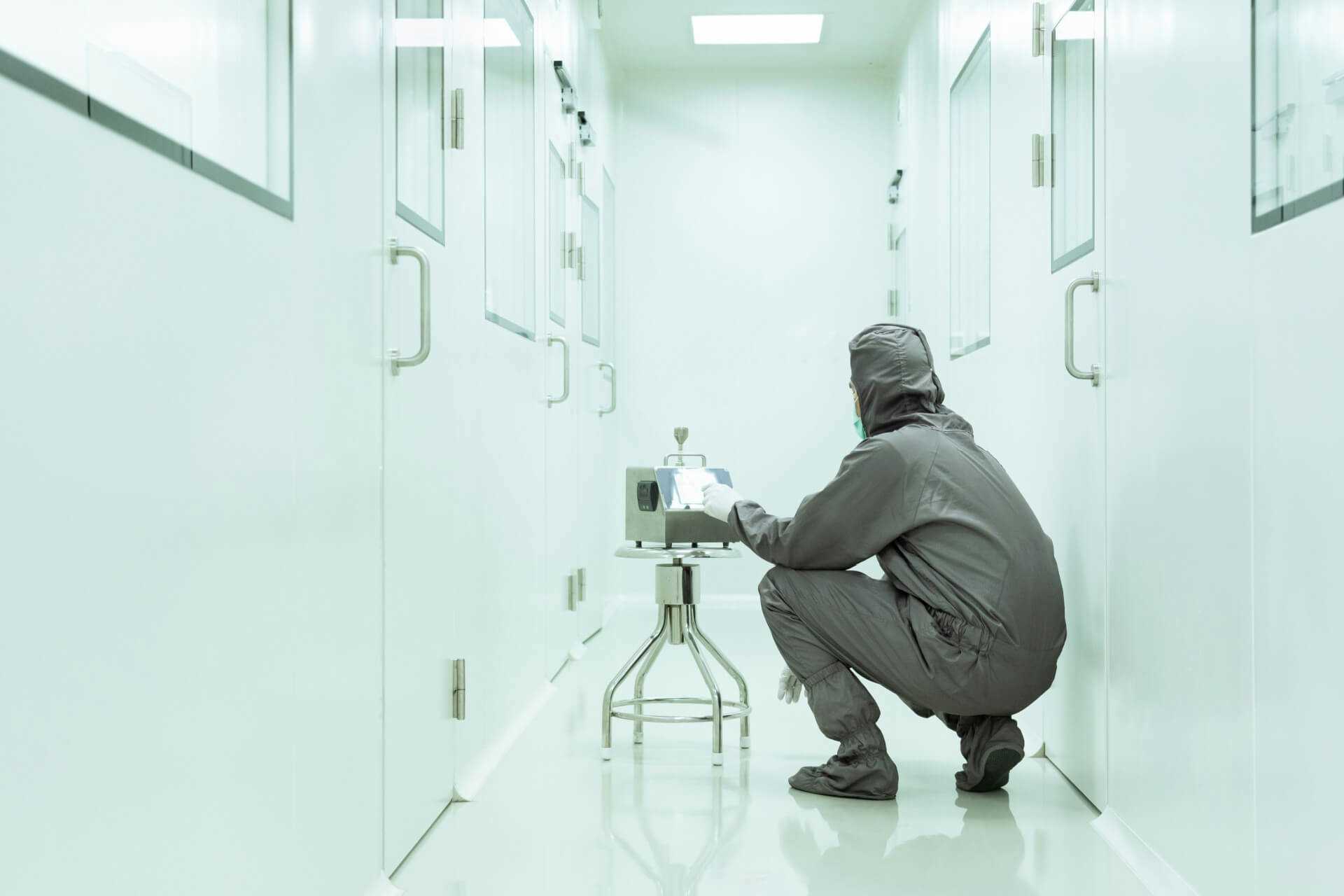
Training Programs for Cleanroom Compliance
Training programs are essential in cleanrooms where compliance with strict environmental and operational standards is critical for preventing contamination and ensuring product quality. This blog post outlines the key components of an effective cleanroom training program, highlighting strategies to ensure that all personnel are competent, compliant, and up to date with the best practices.
Core Elements of Cleanroom Training Programs
1. Comprehensive Onboarding
• New employees should undergo thorough onboarding training that covers all fundamental aspects of cleanroom protocols, including entry and exit procedures, proper gowning techniques, and specific behaviours required inside the cleanroom.
• Onboarding should also introduce the cleanroom’s specific compliance requirements, safety information, and emergency procedures.
2. Ongoing Training and Education
• Cleanroom operations and standards are subject to change due to technological advancements and regulatory updates. Ongoing training programs must be established to keep all personnel updated with the latest practices and compliance requirements.
• Regularly scheduled training sessions should include refresher courses on SOPs, updates on new equipment or materials, and changes in regulatory standards.
3. Role-Specific Training
• Beyond general cleanroom operations, role-specific training ensures that employees understand the tasks and responsibilities unique to their position within the cleanroom. This may include specialized equipment operation, advanced gowning procedures, or specific cleaning protocols.
• Supervisors and managers should receive additional training on overseeing compliance, handling non-compliance issues, and training techniques.
4. Practical Demonstrations and Simulations
• Hands-on training through practical demonstrations and simulations is effective for teaching complex procedures and reinforcing learning. This approach helps personnel fully understand the implications of non-compliance and the importance of strict adherence to protocols.
• Utilizing mock-ups or training areas that replicate the actual cleanroom environment can provide practical experience without the risk of contamination.
5. Assessment and Certification
• Regular assessments should be conducted to evaluate the effectiveness of the training programs and the competence of cleanroom personnel. These assessments can be theoretical tests, practical demonstrations, or both.
• Certification or recertification programs can be used to formally recognize personnel who meet or exceed the required standards for cleanroom operations.
6. Feedback and Continuous Improvement
• Soliciting feedback from employees about the training process provides insights into areas that may require improvement. This feedback can help refine training strategies and materials to better meet the needs of the staff.
• Continuous improvement of training programs is essential to adapt to new challenges, learn from previous mistakes, and optimize training effectiveness.
Effective training programs are vital for maintaining compliance in cleanroom environments. By ensuring that all personnel are well-trained and competent, cleanrooms can operate efficiently, prevent contamination, and meet the stringent standards required in sensitive manufacturing processes. Comprehensive training fosters a culture of compliance and quality that is fundamental to the success of cleanroom operations.
